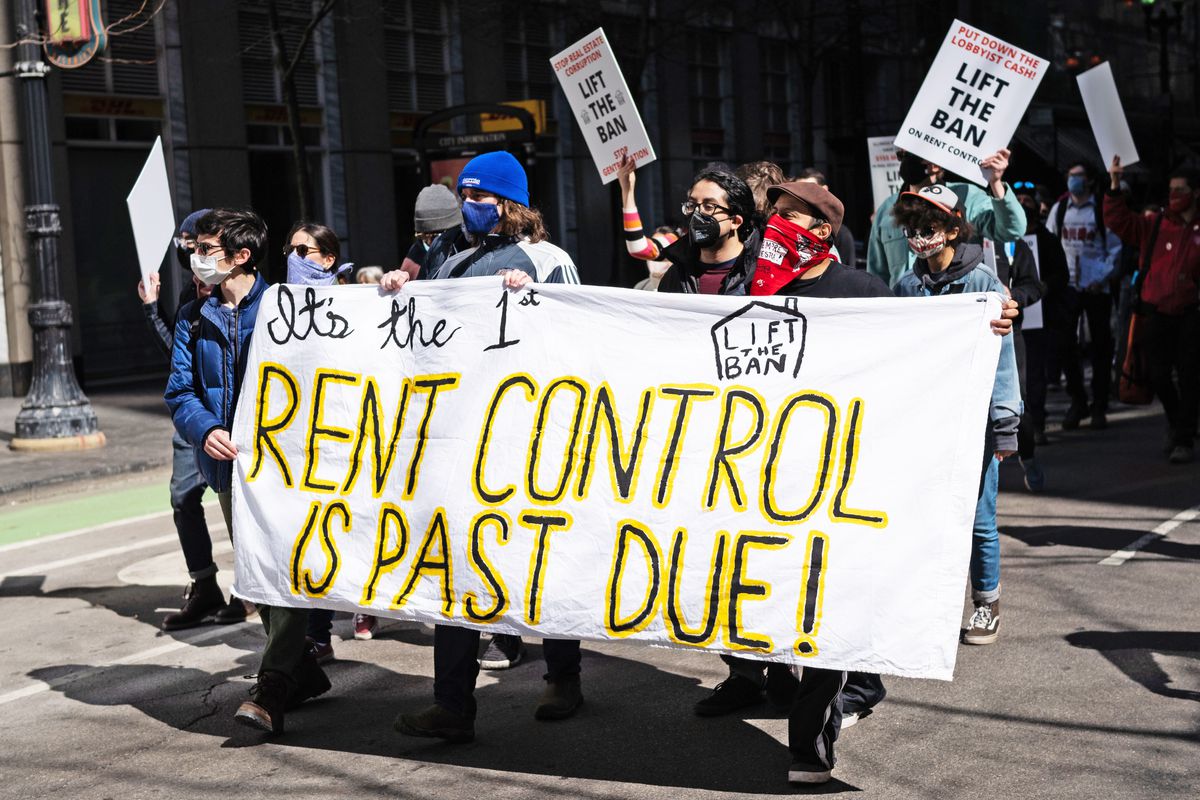NWS Flood Warning: Protecting Yourself And Your Property

Table of Contents
Understanding NWS Flood Warnings and Alerts
The National Weather Service (NWS) issues various alerts to warn the public about potential and imminent flooding. Understanding the differences between these alerts is crucial for taking appropriate action. Knowing the difference between a flood watch, a flood warning, and a flash flood warning can mean the difference between preparedness and panic.
- Flood Watch: A flood watch means that conditions are favorable for flooding. Flooding is possible. Stay informed and be prepared to take action if a warning is issued.
- Flood Warning: A flood warning means that flooding is occurring or is imminent. Take immediate action to protect yourself and your property. Evacuate if instructed.
- Flash Flood Warning: A flash flood warning signifies a sudden and dangerous flood is happening. Immediate action is crucial. Seek higher ground immediately.
Reliable sources for receiving these crucial alerts include:
- NOAA Weather Radio: A dedicated weather radio provides continuous updates, even during power outages.
- Smartphone Apps: Numerous weather apps (like the NWS app) provide real-time alerts and forecasts.
- Local News: Television and radio broadcasts frequently provide up-to-the-minute weather information and warnings.
It's vital to pay close attention to the specific wording within these alerts. The NWS provides detailed information about the affected area, the expected severity, and the anticipated timeframe.
Protecting Yourself During a Flood
Personal safety is the top priority during a flood. When an NWS flood warning is issued, immediate action is critical.
- Evacuation: If instructed to evacuate, do so immediately. Don't wait to see if the flood will affect your area; obey official evacuation orders.
- Safe Shelter: If evacuation isn't possible, move to the highest level of your home. Avoid basements and ground floors.
- High Ground: If you're caught outside, move to higher ground immediately. Avoid walking or driving through floodwaters; they can be deceptively deep and swift.
- Flood Emergency Kit: Prepare a kit with essential supplies, including water, non-perishable food, medications, first-aid supplies, flashlights, batteries, and important documents.
Protecting Your Property from Flood Damage
Proactive measures significantly reduce flood damage. Flood proofing your home and purchasing flood insurance are crucial steps.
- Flood-Proofing Your Home:
- Elevate electrical appliances and equipment.
- Seal cracks in your foundation and walls.
- Install check valves in sewer lines to prevent backflow.
- Consider installing sump pumps with backup power.
- Flood Insurance: Flood insurance is often not included in standard homeowner's insurance policies. Purchasing a separate flood insurance policy is highly recommended, especially in flood-prone areas. It protects your financial investment in your home.
- Protecting Belongings: Move valuable items to higher floors or, if possible, to a safer location before a flood hits.
Post-Flood Cleanup and Recovery
After a flood, safety remains paramount. Contaminated water poses significant health risks.
- Safety Precautions: Wear protective gear (rubber boots, gloves) when cleaning up. Avoid contact with contaminated water.
- Documenting Damage: Thoroughly document all flood damage with photos and videos for insurance claims.
- Reputable Contractors: Hire licensed and insured contractors for repairs and restoration. Be wary of contractors who solicit business immediately after a disaster.
- Disaster Relief: Seek assistance from local, state, and federal agencies for disaster relief programs and financial aid. Contact FEMA (Federal Emergency Management Agency) for potential support.
Conclusion
Understanding NWS flood warnings, prioritizing personal safety, and implementing proactive flood protection measures are critical for mitigating the devastating impacts of flooding. Being prepared for an NWS flood warning can save lives and protect your property. Take immediate action by:
- Creating a personal flood preparedness plan.
- Signing up for NWS alerts through their website or a weather app.
- Purchasing flood insurance.
Don't wait until it's too late. Visit the National Weather Service website ([link to NWS website]) for more information and resources to help you prepare for and survive a flood. Protect yourself and your property; be prepared for the next NWS flood warning.

Featured Posts
-
 Top 5 Hudson Valley Restaurants For Shrimp
May 26, 2025
Top 5 Hudson Valley Restaurants For Shrimp
May 26, 2025 -
 Journee Mondiale Du Fact Checking Comment La Rtbf Combat La Desinformation
May 26, 2025
Journee Mondiale Du Fact Checking Comment La Rtbf Combat La Desinformation
May 26, 2025 -
 Futbol Kuluebuende Skandal Doert Oyuncuya Sorusturma Acildi
May 26, 2025
Futbol Kuluebuende Skandal Doert Oyuncuya Sorusturma Acildi
May 26, 2025 -
 Brad Pitts Formula 1 Movie An Apple Maps Integration
May 26, 2025
Brad Pitts Formula 1 Movie An Apple Maps Integration
May 26, 2025 -
 Moto Gp Inggris Link Live Streaming Race Sprint Pukul 20 00 Wib
May 26, 2025
Moto Gp Inggris Link Live Streaming Race Sprint Pukul 20 00 Wib
May 26, 2025
Latest Posts
-
 Minister Signals Possible Changes To Affordable Rent Regulations
May 28, 2025
Minister Signals Possible Changes To Affordable Rent Regulations
May 28, 2025 -
 Rent Freeze Sparks Legal Battle Housing Corporations Take Action
May 28, 2025
Rent Freeze Sparks Legal Battle Housing Corporations Take Action
May 28, 2025 -
 Housing Corporations To Sue Minister Over Rent Freeze
May 28, 2025
Housing Corporations To Sue Minister Over Rent Freeze
May 28, 2025 -
 Affordable Rent Protections Potential Scale Back Sparks Rental Market Concerns
May 28, 2025
Affordable Rent Protections Potential Scale Back Sparks Rental Market Concerns
May 28, 2025 -
 Social Housing Rent Freeze Clarification On Private Landlord Application
May 28, 2025
Social Housing Rent Freeze Clarification On Private Landlord Application
May 28, 2025
